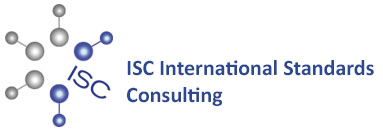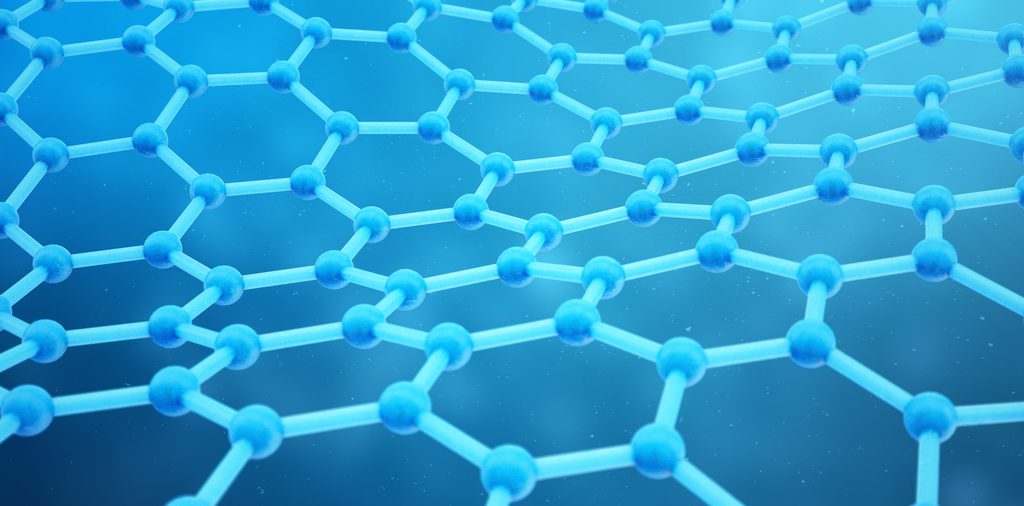IEC Abstract:
IEC TS 62607-6-14:2020 establishes a standardized method to determine the structural key control characteristic
- defect level
for powders consisting of graphene-based material by
- Raman spectroscopy.
The defect level is derived by the intensity ratio of the D+D′ band and 2D band in Raman spectrum, ID+D′/I2D
Introduction:
Graphene has been intensively studied by researchers from both academic and industrial communities due to its unique properties, which include exceptional thermal conductivity, great strength and excellent transparency. Defects in graphene influence its optical and magnetic performance, electronic structure and thermal conductivity, thus influencing its applications.
Therefore, defect is a key control characteristic for the fabrication of high-quality graphene for desired applications.
One of the most useful methods to evaluate defect level in graphene is Raman spectroscopy, which is sensitive to the structure of samples. This method is efficient, non-contact and well understood. The defect states and boundary states of realistic graphene material will induce a series of Raman scattering processes. Some of scattering processes are only associated with defective states, which are used in this document to analyse defect level in graphene powder. Usually, defects in graphene films are characterized by the intensity ratio of the D and G band two in the Raman spectra, ID/IG.
However, in graphene powders consisting of flakes with sizes below 10 µm there are numerous edges and boundary states, which all contribute to the D-band signal and make its correlation to various defects problematic. The D-band intensity could result from the contribution of edges, boundary states or defects, so it is not appropriate to determine the defect level of graphene powder with the parameter ID/IG.
Alternatively, in this standard the intensity ratio of the D+D′ and 2D bands, ID+D′/I2D is proposed as a more relevant parameter because the D+D′ band is only sensitive to defects in the flakes, but not to edges and boundary states

